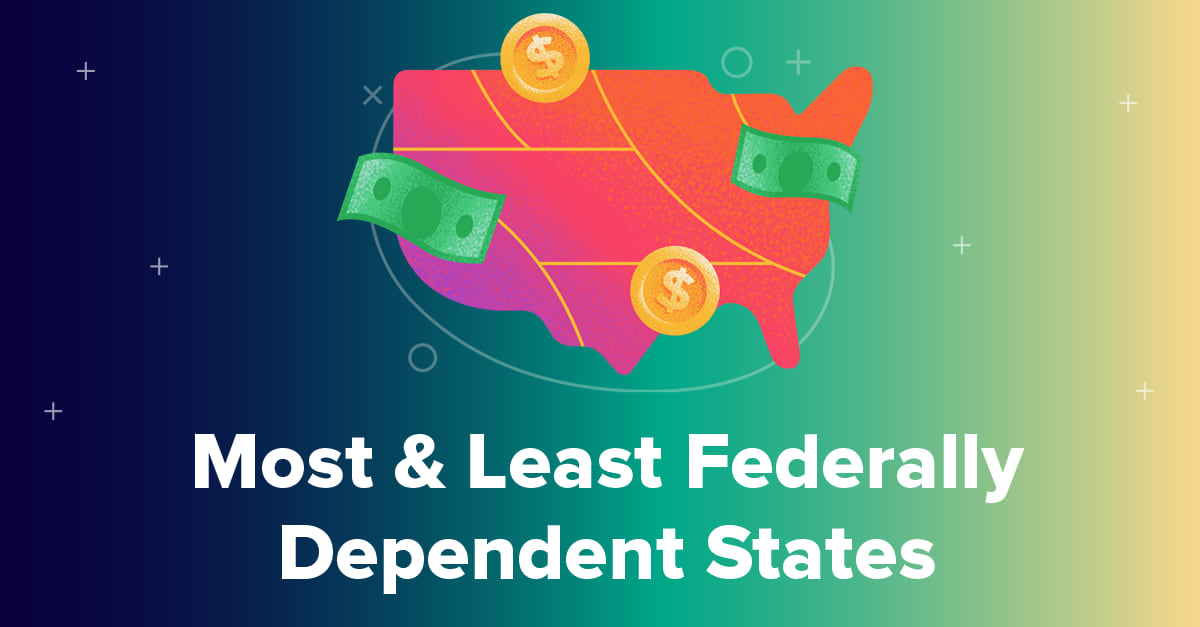- Mar 11, 2015
- 101,588
- 111,224
- 3,645
A donor state is a state that pays more in taxes than it gets back. Conversely a taker state is one that gets more back from the government than it pays in. In short, those are states on welfare.. Politically, the claim has been about how superior all things Republican are. But the reality is actually the reverse.


 wallethub.com
wallethub.com
Based on data from various sources, including analyses of federal spending and tax contributions, states that consistently receive more in federal benefits than they pay in taxes include: New Mexico, West Virginia, Alaska, Mississippi, and Montana. These states often face economic challenges that necessitate higher levels of federal assistance, including larger investments in infrastructure, healthcare, and social programs. These states are frequently characterized by lower income levels, higher unemployment rates, and greater reliance on government programs to support their populations.
Conversely, states considered “donor states,” which consistently contribute more in federal taxes than they receive in federal funding, have historically included states like New York, New Jersey, Massachusetts, and Connecticut.

 www.ncesc.com
www.ncesc.com
While they listed 5 states as examples of takers, they listed four as donors. They left off one-California. So the red state representatives that rip New York and California benefit from the tax money those two states send to Washington.

Most & Least Federally Dependent States in 2025
Most & Least Federally Dependent States in 2025
Which States Take More Than They Give? Unpacking Federal Funding in the U.S.
The question of which states are “takers” versus “givers” in the U.S. often sparks heated debate. At its core, it revolves around the flow of federal tax dollars—do some states consistently receive more federal funding than their residents contribute in taxes? The answer is nuanced, but generally, yes, some states do receive more than they pay in, and it’s a pattern shaped by various economic and demographic factors.Based on data from various sources, including analyses of federal spending and tax contributions, states that consistently receive more in federal benefits than they pay in taxes include: New Mexico, West Virginia, Alaska, Mississippi, and Montana. These states often face economic challenges that necessitate higher levels of federal assistance, including larger investments in infrastructure, healthcare, and social programs. These states are frequently characterized by lower income levels, higher unemployment rates, and greater reliance on government programs to support their populations.
Conversely, states considered “donor states,” which consistently contribute more in federal taxes than they receive in federal funding, have historically included states like New York, New Jersey, Massachusetts, and Connecticut.

Which states take more than they give? - Geographic FAQ Hub: Answers to Your Global Questions
Which States Take More Than They Give? Unpacking Federal Funding in the U.S. The question of which states are “takers” versus “givers” in the U.S. often sparks heated debate. At its core, it revolves around the flow of federal tax dollars—do some states consistently receive more federal funding...
 www.ncesc.com
www.ncesc.com
While they listed 5 states as examples of takers, they listed four as donors. They left off one-California. So the red state representatives that rip New York and California benefit from the tax money those two states send to Washington.